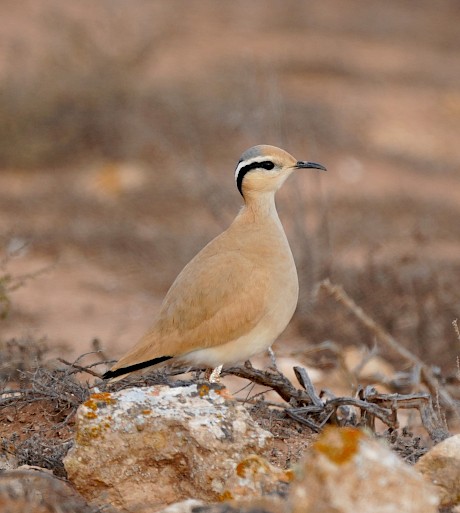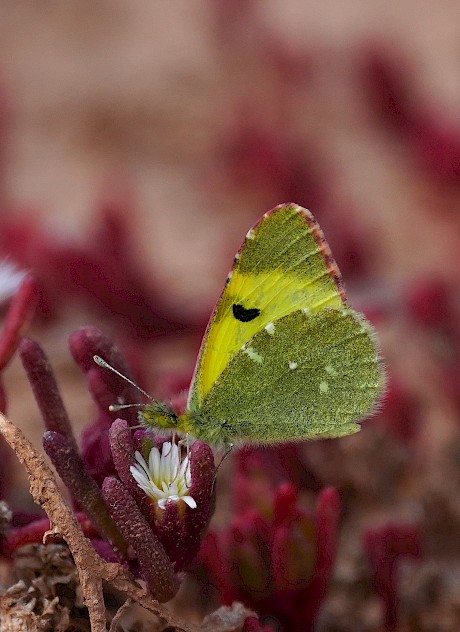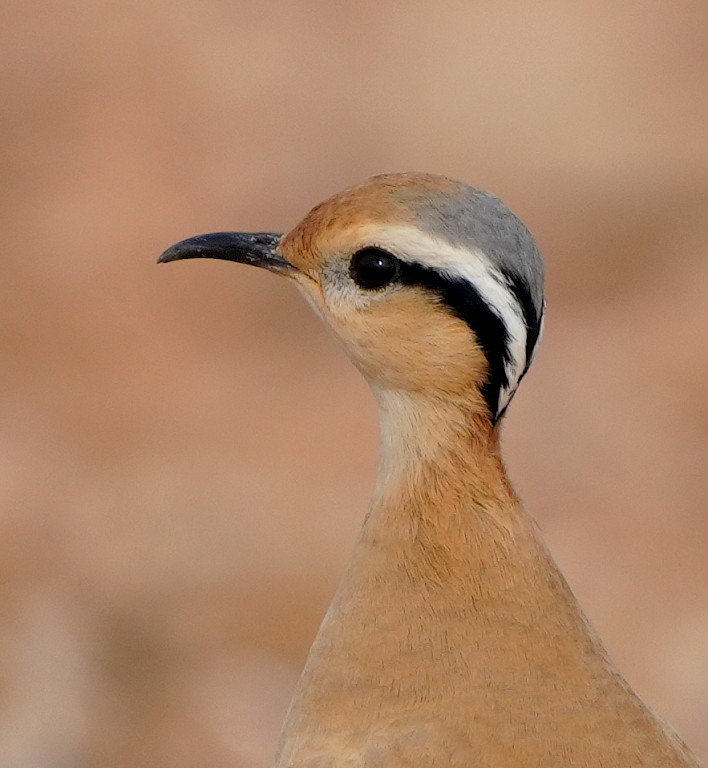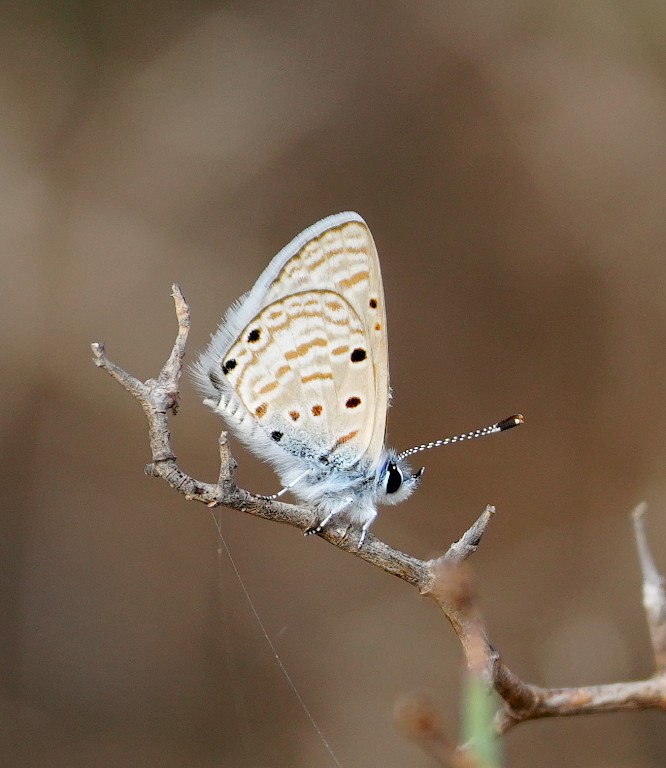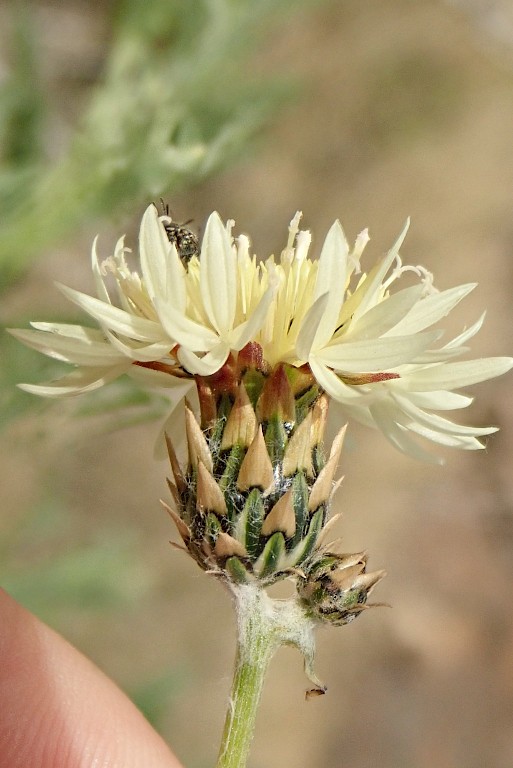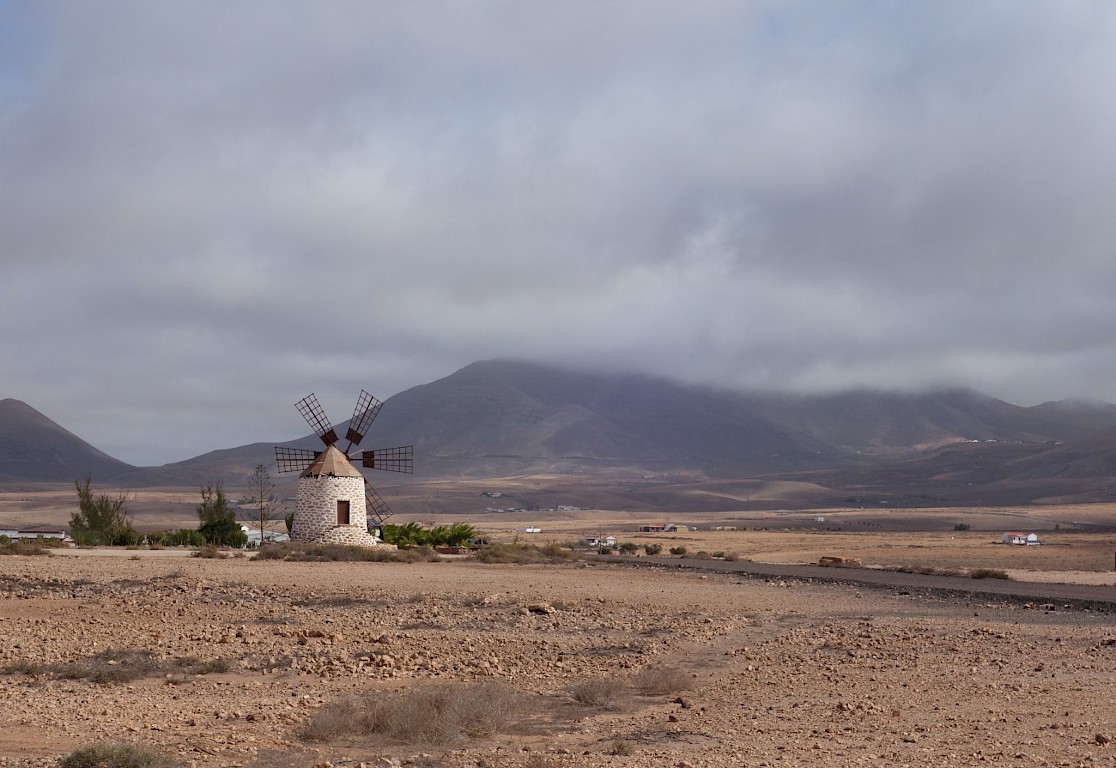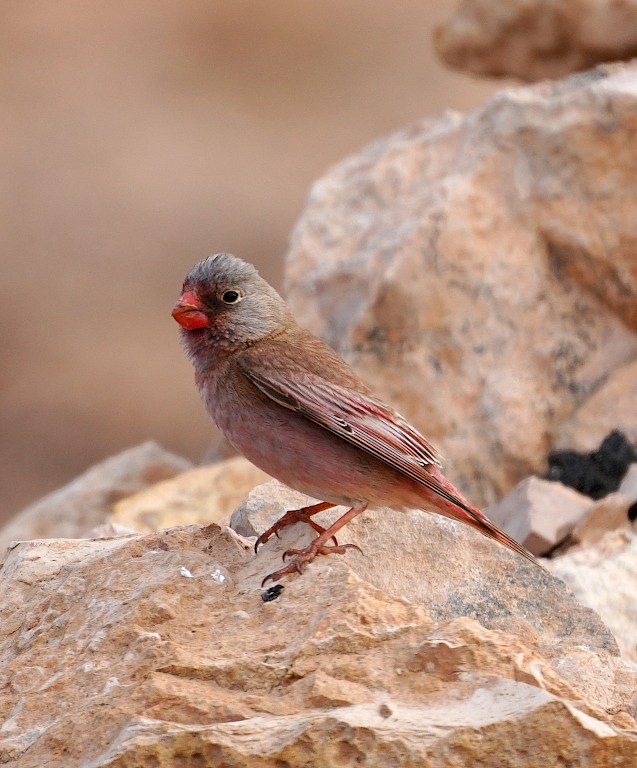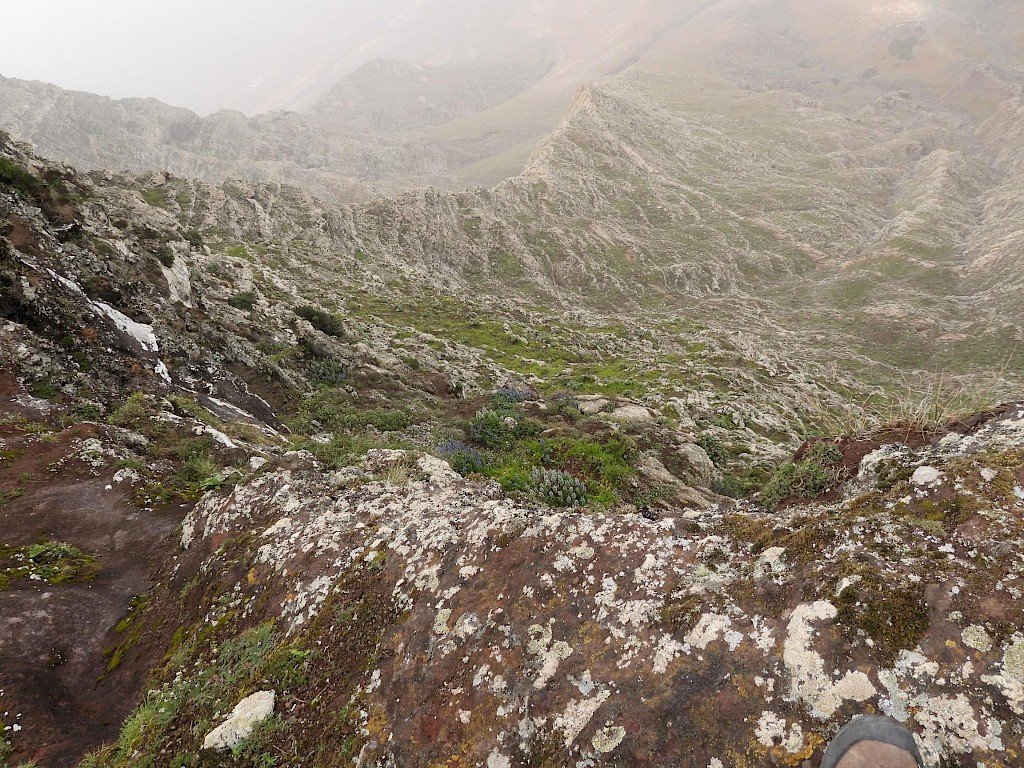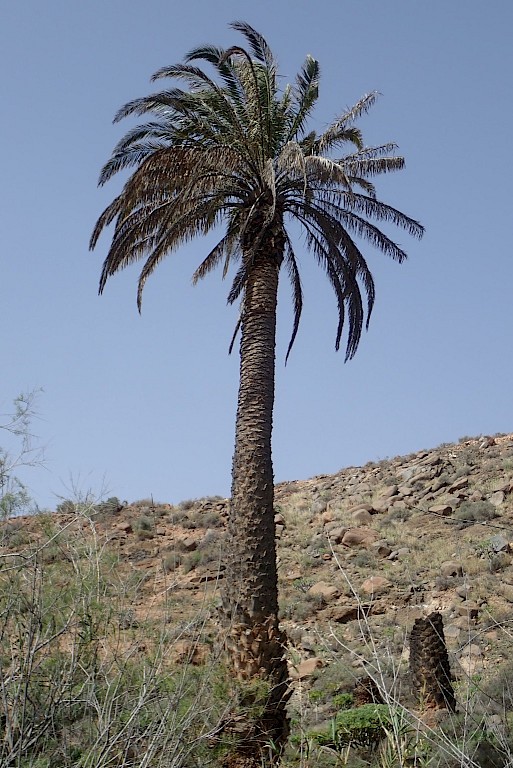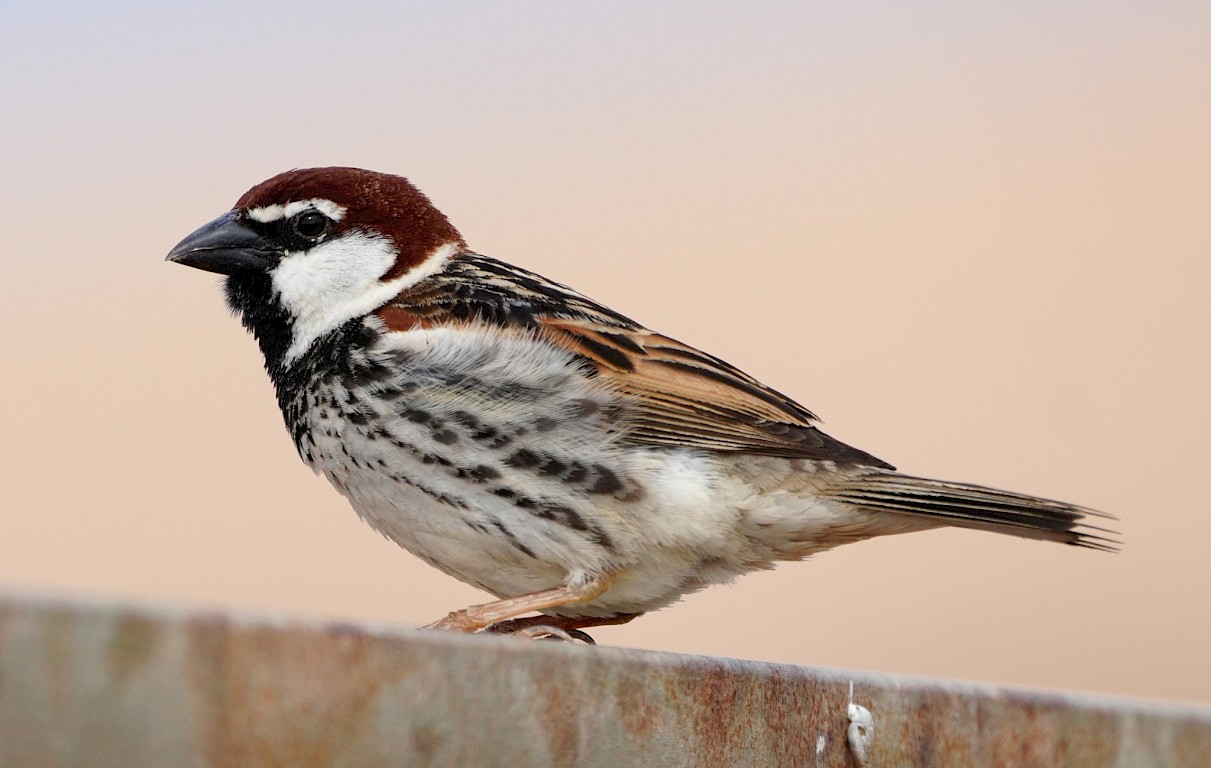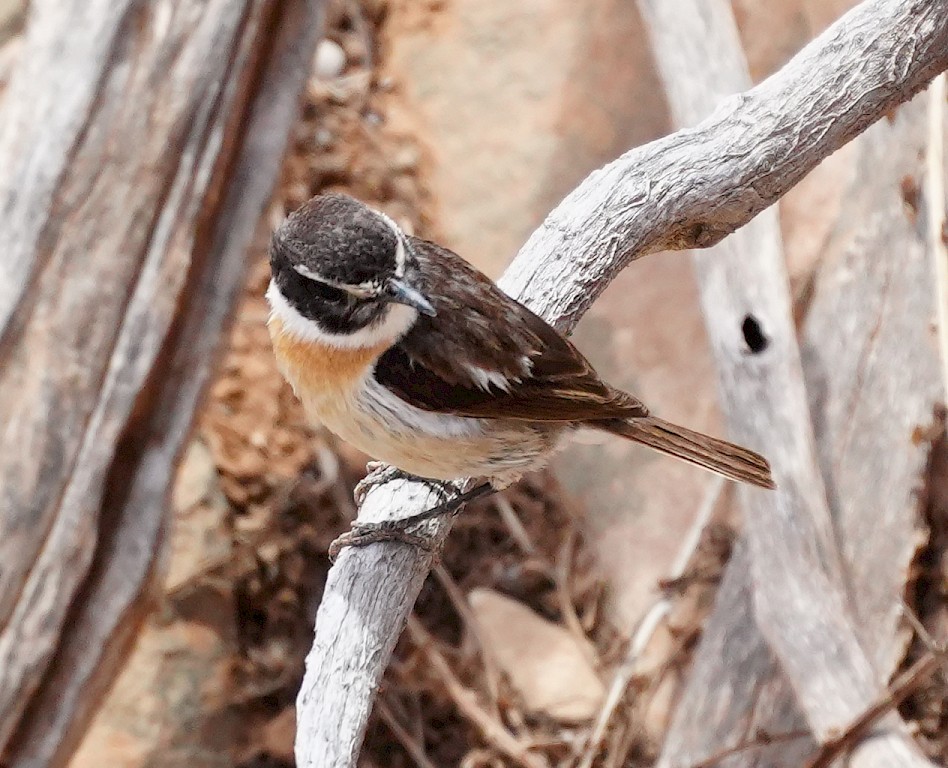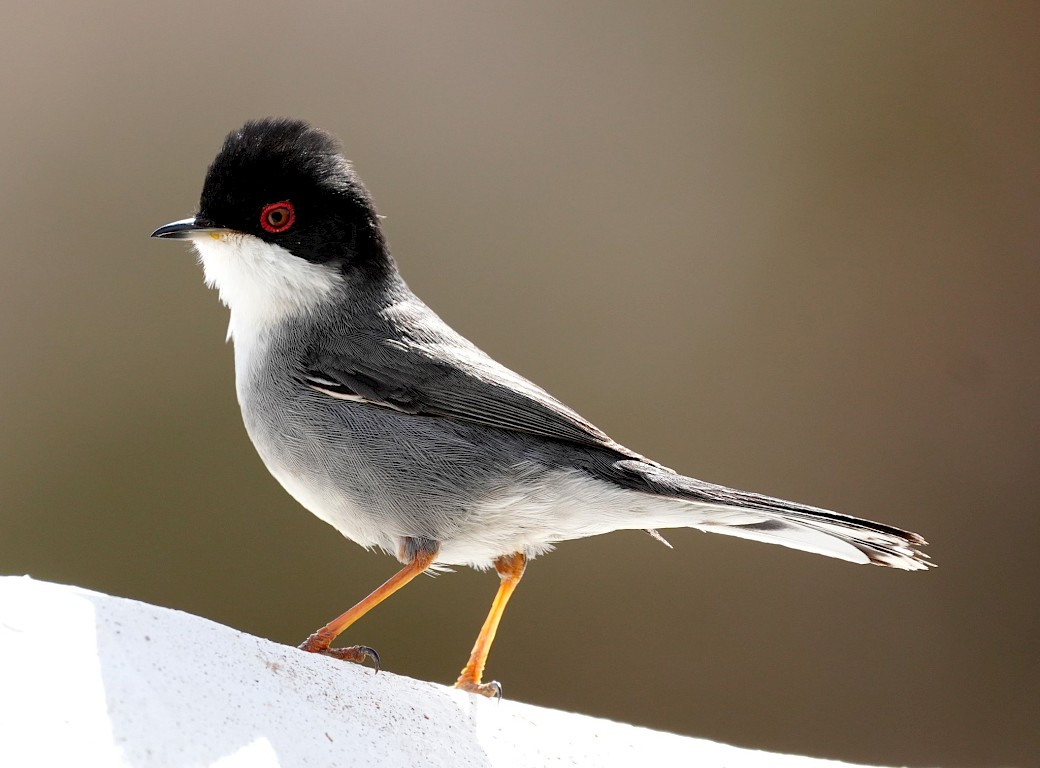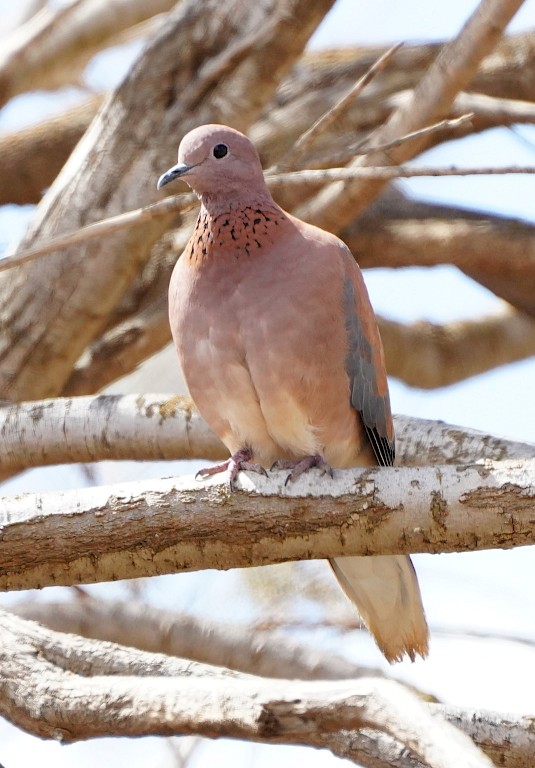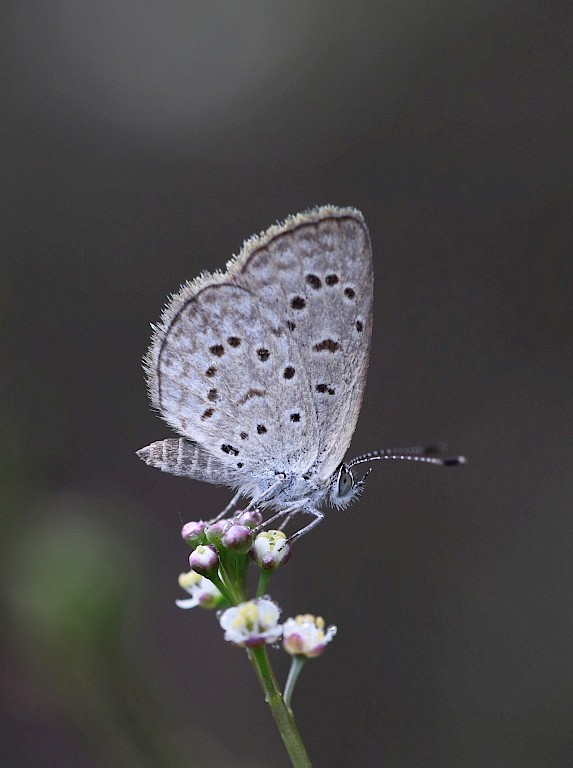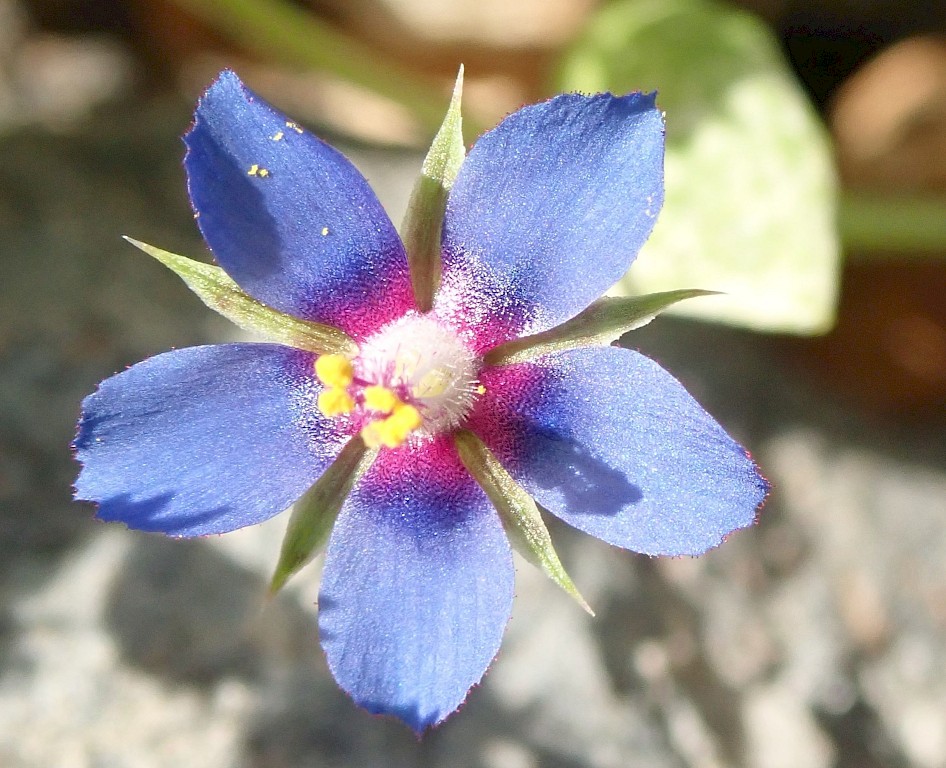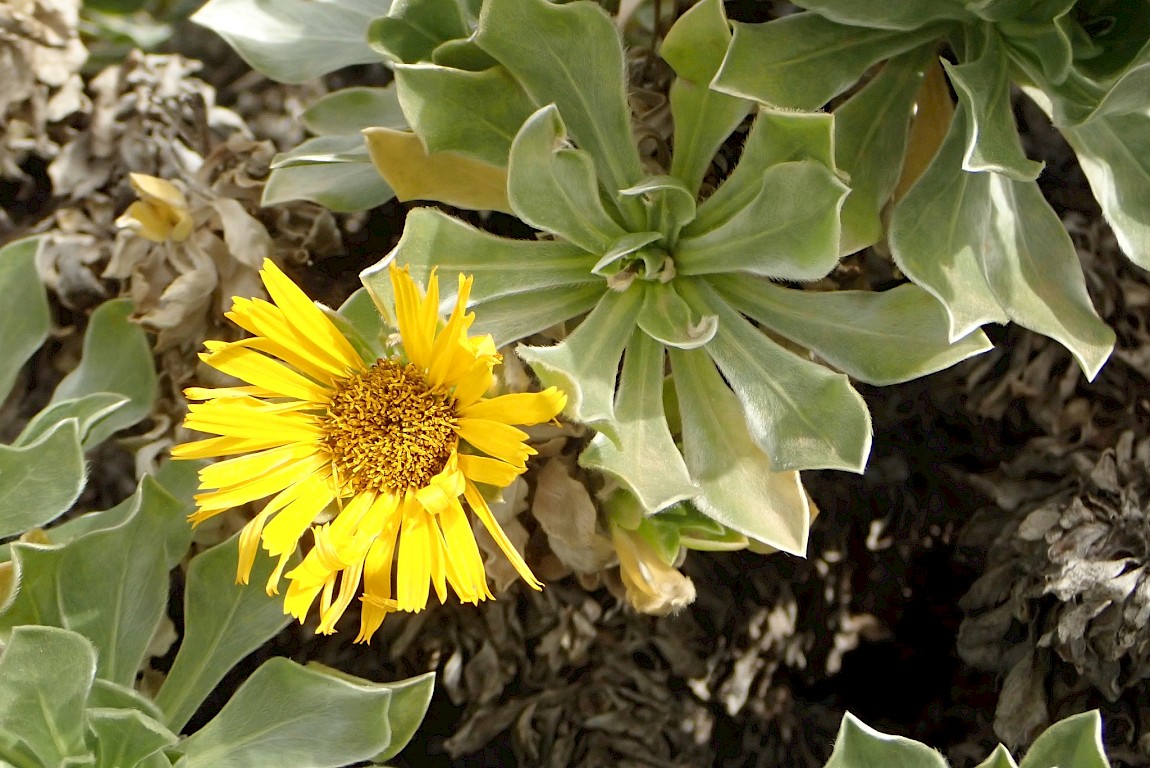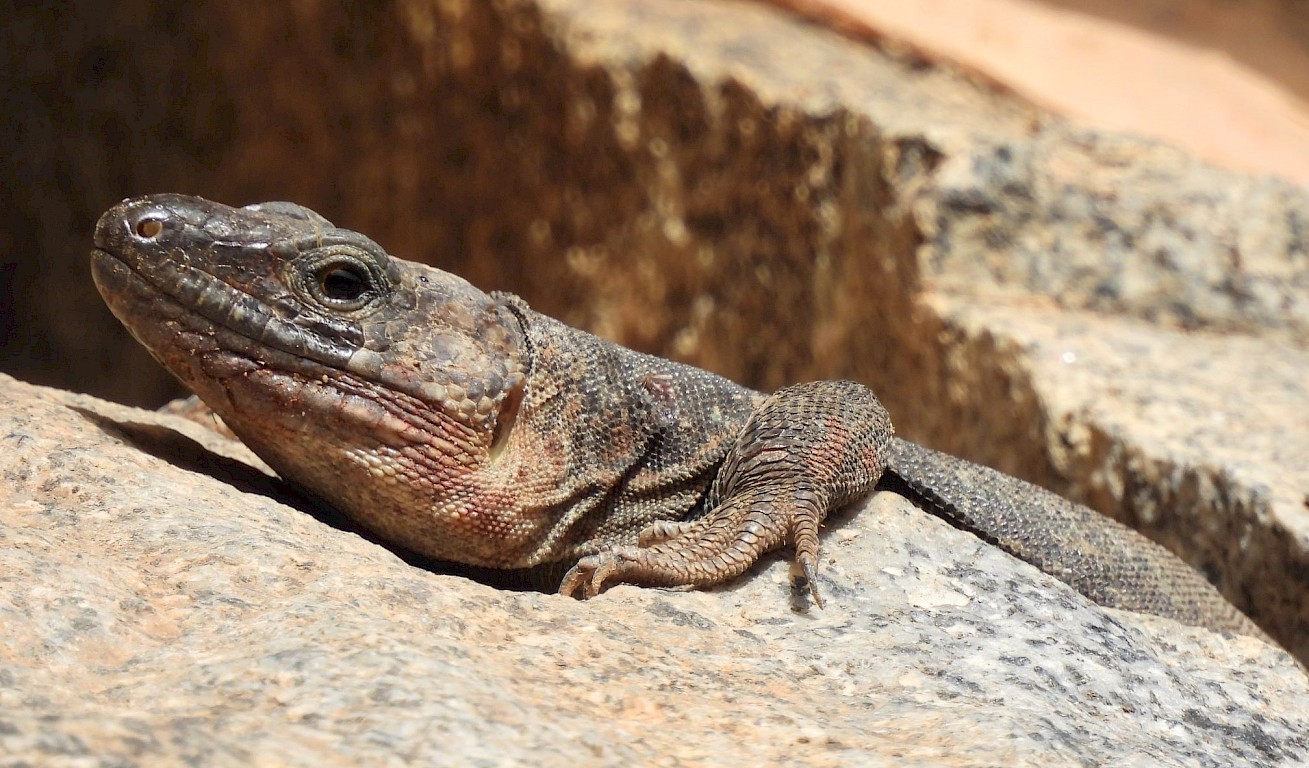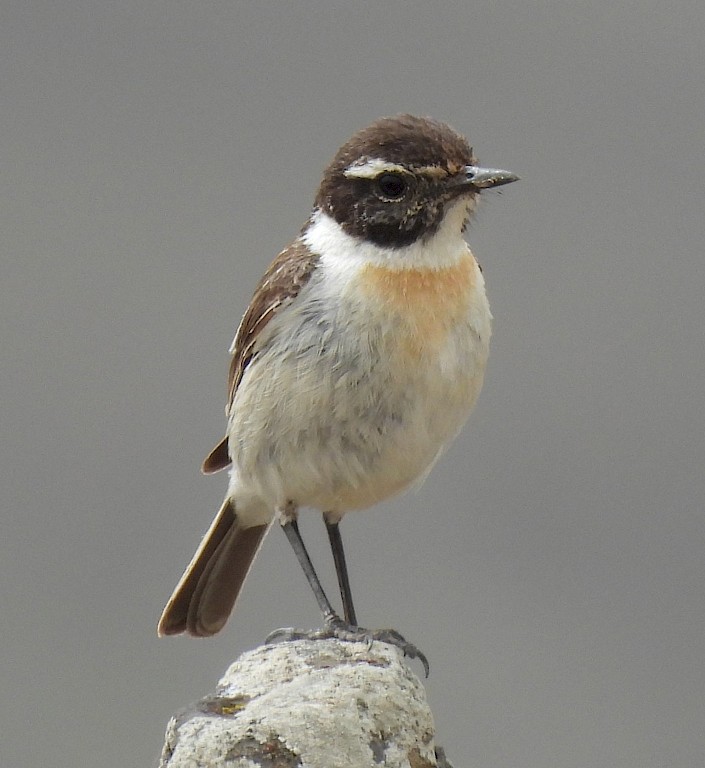Sitting 100km off the North African coast, Fuerteventura is the second largest of the eight main Canary Islands and, geologically, is one of the most ancient of all the Macaronesian islands. This long pedigree, combined with an oceanic isolation yet a comparative proximity to the African continent, means that the island boasts a truly enticing array of fauna and flora alike – it’s a naturalist’s paradise, with both European and African influences combining to glorious effect in a relatively compact area.
At roughly 100km long and 30km wide, Fuerteventura’s size is such that we will see a good proportion of the island in the course of our visit. The island enjoys a warm semi-desert climate, and it is home to some specialist birds, butterfly and plant species – some African pioneers, some restricted to the Canary Island archipelago as a whole, and some endemic to Fuerteventura alone.
The island is justly renowned as a birding destination, not least for being arguably the premier place on the planet in which to see the dramatic and spectacular Houbara Bustard. The island also boasts the endemic and charming Canary Islands Stonechat, the charismatic desert-dwelling Cream-coloured Courser, stunning Black-bellied Sandgrouse, Macaronesian endemic Berthelot’s Pipit, colourful African Blue Tit and Atlantic Canary, chunky Trumpeter Finch and Barbary Partridge, subtle Plain Swift, and dashing Desert Grey Shrike and Barbary Falcon. The timing of our visit means we should see some passage waders, including Whimbrel and Ruddy Turnstone heading north on their way to their sub-Arctic breeding grounds, and delightful Kentish Plovers, long-lost as a British breeding species. The island is also, happily, a stronghold for the globally declining and threatened Egyptian Vulture, and we expect to enjoy excellent views of this beautiful bird.
Beauty on the wing won’t be confined to the birds. While there isn’t a huge range of butterflies to be found on the island, there are some notable ones, chiefly Greenish Black Tip Euchloe charlonia. This lovely insect is the same species that flies in North Africa. Those we look for in Spain are a different species, Spanish Greenish Black Tip Euchloe bazae.
Two further African species we will seek that cannot be seen in continental Europe are Desert Babul Blue and African Migrant, whilst other interesting species we should encounter are the flamingly beautiful close siblings, Monarch and Plain Tiger, and the diminutive African Grass Blue. And we must not forget that Fuerteventura boasts its very own endemic butterfly species, Fuerteventura Green-striped White Euchloe hesperidum – this will be very much on our radar and one we hope to see well.
Of the more than 2,600 species of plant recorded from the Canary islands, over 740 are known from the much drier island of Fuerteventura. Of these there are 18 taxa endemic to the island including the strange cacti-like Jandia spurge Euphorbia handiensis, a classic example of convergent evolution and the glorious Echium handiense. A further 27 are shared with adjacent Lanzarote and a couple more shared with one other island in the archipelago. These include the strange tree-like Canary Islands Candle-Plant Kleinia neriifolia, the sea-heath Frankenia ericifolia, a Mignonette Reseda lancerotae, a beautiful blue vipers bugloss Echium bonnetii, and the desert dwelling bindweed Convolvulus caput-medusae, and many more.
Along the rocky coasts there are several sea lavenders to search for such as Limonium papillatum, the Canary Sea Fennel Astydamia latifolia grows amongst the sea sprayed rocks. Along dry river beds we might find Winged Sea Lavender Limonium lobatum, the knapweed-like Volutaria bollei and the very recently described Blue-flowered Scarlet Pimpernel Lysimachia loeflingii. Heading into the dry hills patches of bright yellow-flowered Fuerteventura Beach Daisy Asteriscus sericeus colour the hills and careful searching might reveal the strange succulent milkweed Apteranthes burchardii. The hillside in places are dominated by a tree-like spurge Sweet Tabaiba Euphorbia balsamifera; in rocky gullies the attractive Canary Island Lavender Lavandula canariensis occurs together with the pink-flowered Campylanthus salsoloides.
Your tour leaders for this wonderful adventure will be a dream team of professional ecologists, in the form of David Fairhurst and David Gibbs. Boasting between them an enviable array of ornithological, entomological and botanical experience and skills, and both seasoned and popular tour leaders, with Fuerteventura's wildlife delights to share with guests we expect this to be an over-subscribed wildlife holiday experience for years to come!

